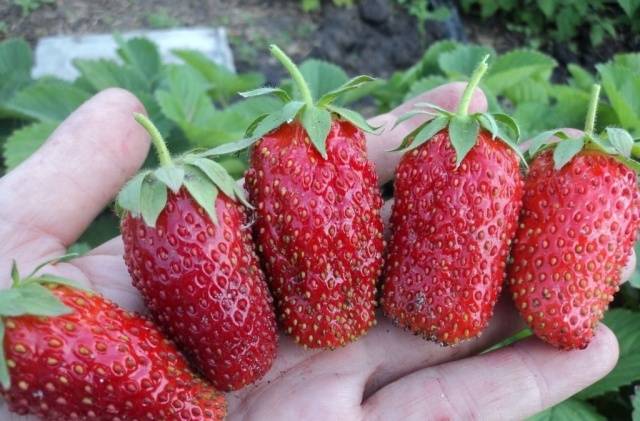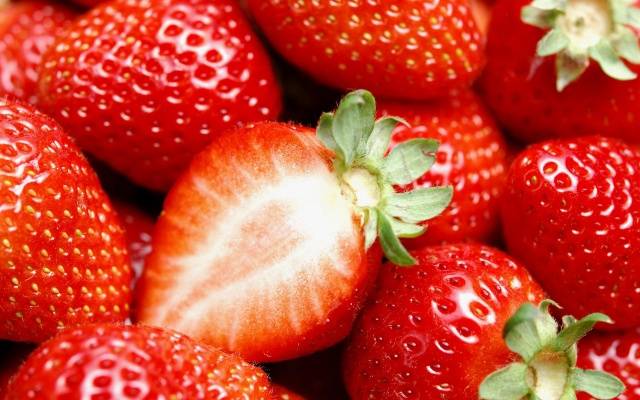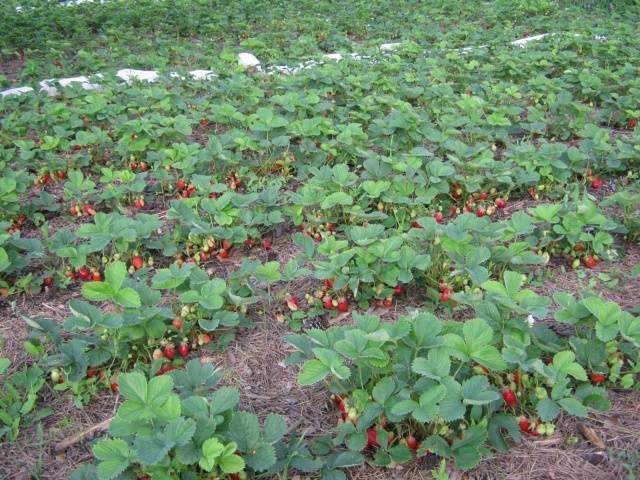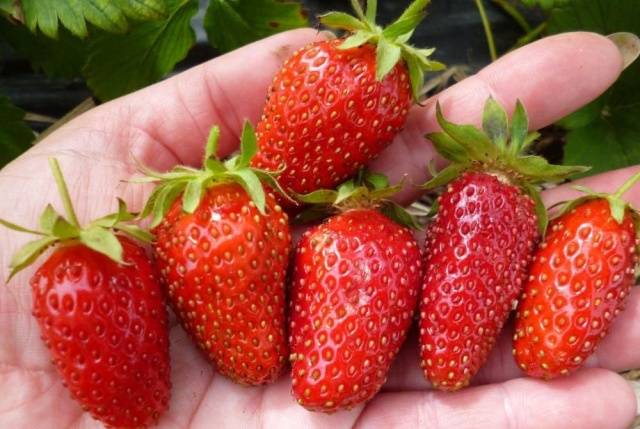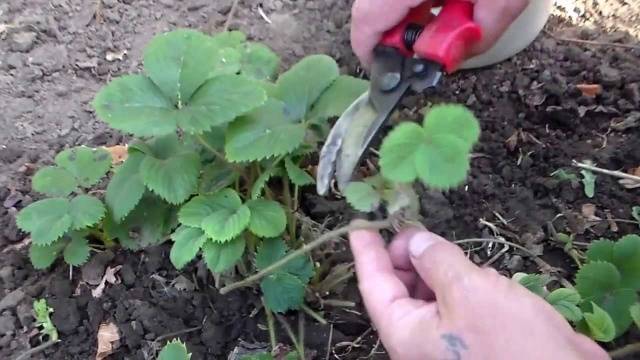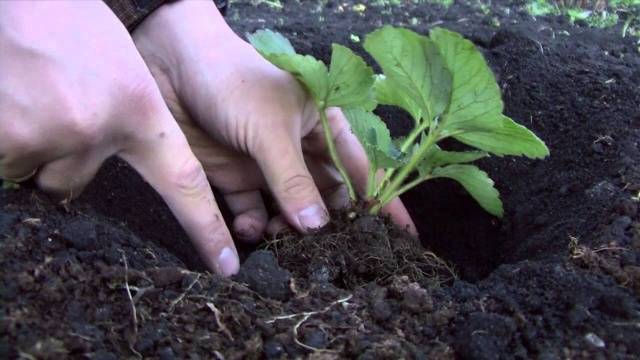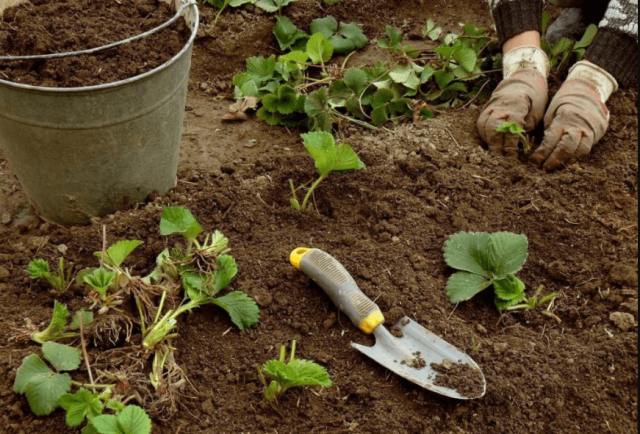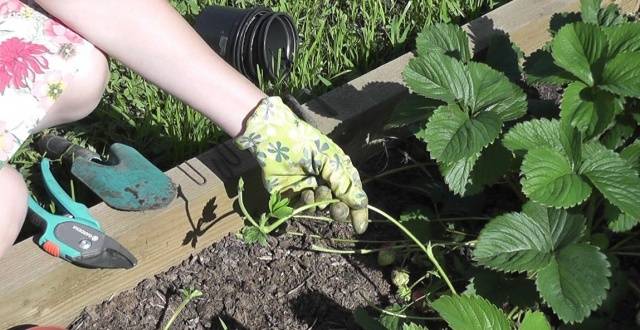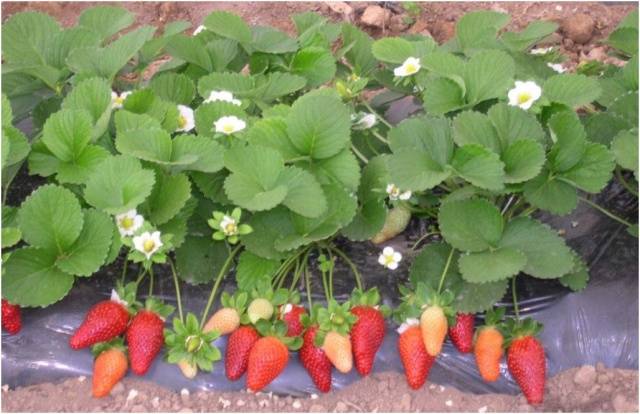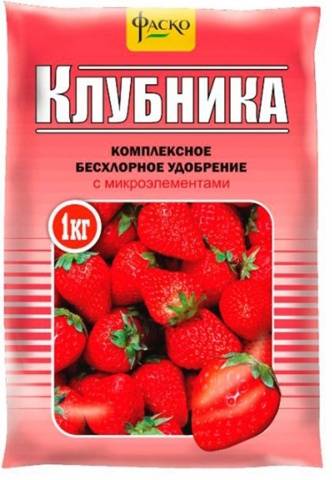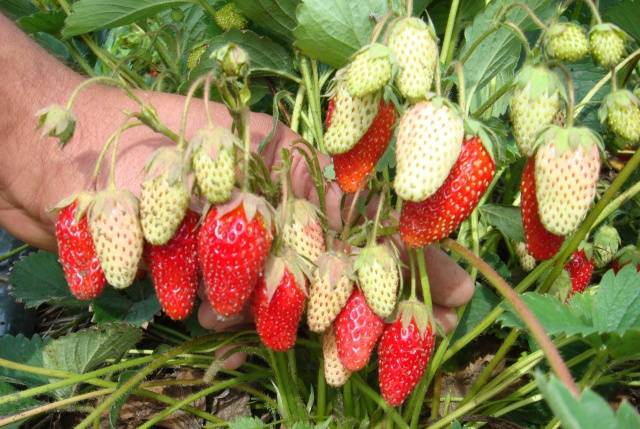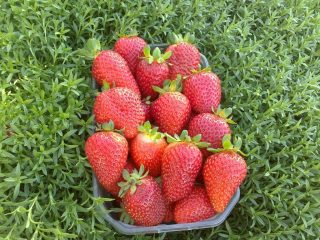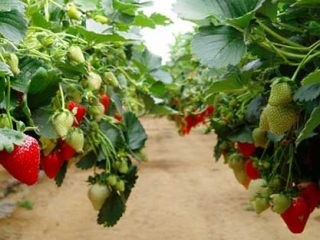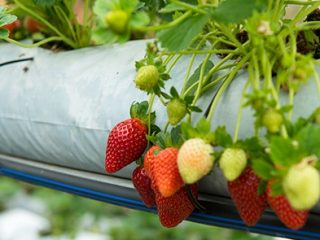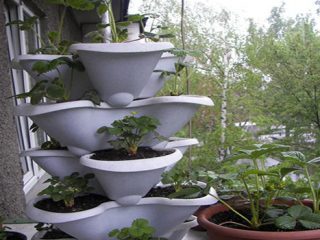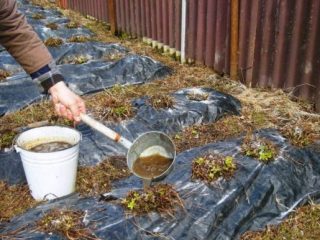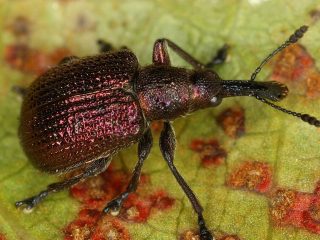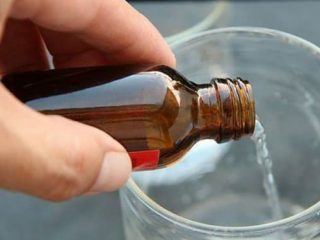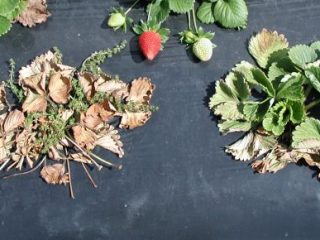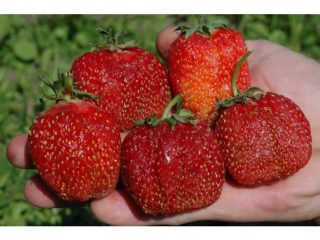Content
Strawberries with large oblong berries have been grown in the country's gardens for about thirty years. This strawberry is called Divna, and in addition to its shape, it is also distinguished by the wonderful taste of the berries. Summer residents and gardeners love the Divnaya variety for its excellent sweet-sour taste and well-defined strawberry aroma. Even though the productivity of this strawberry lags somewhat behind industrial varieties, its “homemade” strawberry taste is not comparable to the productive and beautiful, but tasteless Anglo-Dutch hybrids. The fruits of the Divnaya variety are very tasty fresh; the pulp of this strawberry has a dense consistency, so the variety is suitable for freezing and preserving whole berries.
Reviews about the Divnaya strawberry variety, with descriptions and photos, can be found in this article. Here we will talk about the strengths and weaknesses of garden strawberries and how best to grow them.
Characteristics
Strawberry variety Divnaya was bred by Russian breeders back in the late 80s of the last century. The author was G.A. Alexandrova, she crossed varieties Festival And Holiday. Since 2008, Divnaya has been included in the updated State Register and is recommended for cultivation in private and small farms.
Detailed description of the strawberry variety Divnaya:
- The ripening time for garden strawberries is super early (in the temperate climate of the Central region of Russia, the berries ripen in early June, in more southern regions full ripening occurs in the third decade of May);
- Divnaya bushes are erect, tall, powerful, but compact;
- There are a lot of leaves on strawberries, they are large, slightly wrinkled, glossy, without pubescence;
- there are many flower stalks, they are slightly curved, located at the level of the leaves (the fruits do not touch the ground, which is a big plus);
- the inflorescences are multi-flowered, the flowers themselves are large, hermaphroditic (other varieties are not needed to pollinate the Divnaya strawberry);
- The whisker formation is strong, during the season Divnaya produces a lot of whiskers, they are large, red-brown in color;
- the shape of the berry is unique - a blunt-conical fruit with a rounded tip, no neck (connoisseurs of the variety call the shape of the berries “Wonderful Finger”);
- it cannot be said that the shape of the fruit is constant - it can vary greatly depending on external factors (weather, climate, soil composition, strawberry care) and varies from cone to oval shape;
- the first berries are flatter, very elongated, there are many folds on their surface, these strawberries are the largest;
- the average weight of the fruit is 25 grams, Divnaya is a fairly large strawberry;
- Divna berries are colored rich red; after ripening, the strawberries acquire a cherry hue;
- the achenes are yellow, shallowly recessed, their number on the fruit is average;
- the size of garden strawberries is from medium to large - the berries can weigh 15-35 grams;
- the pulp is juicy, but dense, without emptiness and coarse internal fibers;
- Divnaya’s skin is dense, which is why merchants love the variety - the berries remain dry for a long time and do not lose their presentation;
- Strawberries have a good taste, very sweet, with a slight sourness and a pronounced aroma of wild strawberries;
- high sugar content - 5.9%, acid - 1.7%, a lot of ascorbic acid (about 44 mg/%);
- the ripening of the harvest is not very smooth, but it cannot be called too extended;
- the yield of the Divnaya variety is very high - on private farms it is about 1-1.2 kg per bush, on an industrial scale it is possible to collect up to 150 centners per hectare of fields;
- Strawberries have good frost resistance - the crop can withstand -20-25 degrees without shelter;
- For Divna, returning spring frosts are dangerous (residents from the northern regions should be wary of freezing flowers);
- the variety is resistant to verticellosis, gray rot, and has average immunity to various fungal spots;
- there will be no problems with the propagation of the variety, since a lot of mustaches appear on the bushes and they take root well;
- the variety is not afraid of drought, so it performs well in the southern regions;
- The good transportability of the harvested garden strawberry crop and its suitability for long-term storage are highly valued.
The main purpose of Divnaya fruits is for table use, because these garden strawberries are incomparable when fresh. The variety is excellent for growing for sale, as the crop retains its marketable appearance for a long time, and the berries attract buyers with their size and aroma. These strawberries make excellent jams, preserves and compotes; dense berries are also suitable for freezing.
Advantages and disadvantages
Strawberries of the Divnaya variety are especially valued by collectors of original species and hybrids sweet berries. But even at an ordinary dacha, culture will show itself only from its best side, because it has a number of advantages:
- the truly strawberry taste of the fruit (“strawberries from childhood” is how tasters and ordinary summer residents call Divnaya);
- unpretentiousness to soil composition and weather conditions;
- excellent winter hardiness;
- ability to tolerate drought and heat;
- large size of fruits and their presentation;
- ease of reproduction;
- suitability of berries for transportation and storage;
- immunity to some dangerous diseases;
- high yield.
Sweet strawberries also have disadvantages:
- in the northern regions, during rainy and cloudy summers, Divna berries can become fresh and watery (however, the acid in the strawberries does not increase);
- from harvest to harvest the berries become smaller, so we cannot talk about the uniformity of the size of the strawberries;
- The shape of the berries is also heterogeneous, which spoils the overall impression of a commercial variety.
The shortcomings of Divna are very conditional - this strawberry can be forgiven for any peculiarity only for its wonderful taste.
Planting garden strawberries
The Divnaya variety is grown in the same way as any other strawberry in the garden.To plant this crop, you should choose a spacious area that will be well lit by the sun and protected from the north wind. The soil in the strawberry plot should be loose, nutritious and moisture-absorbing.
The planting scheme is standard for garden strawberries - 4 bushes per square meter. When planting seedlings in a row between plants, maintain an interval of 30-35 cm. When planting Divna, it is recommended to follow these instructions:
- Inspect the root system of all seedlings. If the roots are longer than the above-ground part of the strawberry, they should be trimmed to the desired length.
- Immediately before planting, it is advisable to soak the roots of the Divnaya strawberry in the Kornevin solution or in any growth stimulant.
- Planting of seedlings should be deep, the roots should not protrude above the surface of the ground.
- After the soil is compacted around the seedling, the strawberries are watered. For watering, it is better to use a solution of ammonium nitrate - a matchbox of fertilizer (about 20 grams) per bucket of water (10 liters).
- It is recommended to continue watering Divna with the same solution for a couple of weeks after planting.
Care instructions
Wonderful will only be as beautiful as in the photo if you take proper care of it. This strawberry is not capricious; it requires the most ordinary, but regular, care.
During the warm season, the gardener needs to do the following:
- Strawberry Wonderful responds well to watering method of sprinkling and drip irrigation. In principle, this crop tolerates drought normally, and strawberry yields do not suffer much during such periods.But regular watering will significantly improve the size and quality of the fruit.
- So that you don’t have to constantly loosen the soil and fight with weeds, can be used mulch or grow Divnaya on agrofibre.
- During the period of recurrent frosts in the northern regions, it is recommended cover the strawberry beds white agrofibre or use film tunnels to protect plants.
- Every year strawberry bushes are needed thin out, remove dry and diseased leaves, trim off excess mustache.
- Fertilize Marvelous according to the usual scheme: in early spring - nitrogen; at the flowering stage, complex mineral preparations with potassium, phosphorus, magnesium, and iron are used for fertilizing. In autumn, you can cover the bushes with a thick layer of humus or compost.
- During the rainy season it is necessary handle garden strawberries with bactericidal and fungicidal preparations, use phytosporin for spraying.
Review
Conclusion
Today there are many varieties and hybrids that are superior to the old variety both in yield and in the size of the berries, their evenness, and keeping quality. But the Divnaya strawberry is not going to give up its position; the variety is still as popular among summer residents as it was twenty years ago. The excellent taste of garden strawberries, their productivity and unpretentiousness will appeal to both beginners and experienced gardeners and, of course, farmers.
